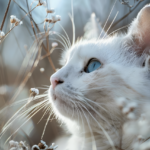Have you ever found yourself sobbing into your pillow, only to feel the soft, rumbling comfort of your cat curling up beside you? It almost feels magical—like your feline friend senses your sadness and wants to heal your heart with their mysterious purr. But is there real science behind this? Why do cats seem to purr when we cry? The truth is both heartwarming and absolutely fascinating, combining elements of animal instinct, biology, and the unspoken bond between humans and their whiskered companions. Let’s unravel the mystery together, one purr at a time.
The Ancient Connection Between Cats and Humans

Cats have lived alongside humans for over 9,000 years, forming a bond that is as old as civilization itself. From the temples of ancient Egypt to the cozy living rooms of today, cats have been more than just pets—they’ve been companions, protectors, and even spiritual symbols. Historians believe that this long history of cohabitation has shaped the way cats interact with us, making them highly attuned to our emotions and routines. When you’re feeling down, your cat’s purr might be their way of fulfilling a centuries-old role as your furry guardian. This connection isn’t just folklore; it’s built into the very fabric of how cats relate to humans. Even today, many people feel a sense of calm and comfort simply from being near their cat, especially during tough times.
Understanding the Mechanics of Purring

Purring is not just a cute quirk—it’s a fascinating biological process. Scientists have discovered that cats purr by rapidly contracting and relaxing the muscles within their larynx, or voice box. This causes a sudden separation of the vocal cords, creating that familiar, gentle vibration. The frequency of a cat’s purr typically ranges between 25 and 150 Hertz, a range that is known to be soothing not only to the cat but also to people. The act of purring often occurs during moments of comfort or contentment, but it can also be a self-soothing mechanism when a cat feels stressed or unwell. This dual purpose adds a layer of complexity to why your cat chooses to purr next to you when you’re upset.
Do Cats Recognize Human Emotions?

Many cat owners swear that their felines know exactly when they’re sad, anxious, or upset. Recent studies suggest there’s truth to this intuition. Cats are capable of recognizing changes in human facial expressions, voice tone, and body language. They may not understand the reason behind your tears, but they can sense the shift in your mood and energy. When you cry, your cat might pick up on these subtle cues and respond in kind, often with a comforting purr or a gentle nuzzle. This suggests a level of emotional intelligence that is sometimes overlooked in our feline friends. The more time you spend with your cat, the more they learn to read you, almost like a living, purring mood ring.
The Calming Power of Purr Frequencies
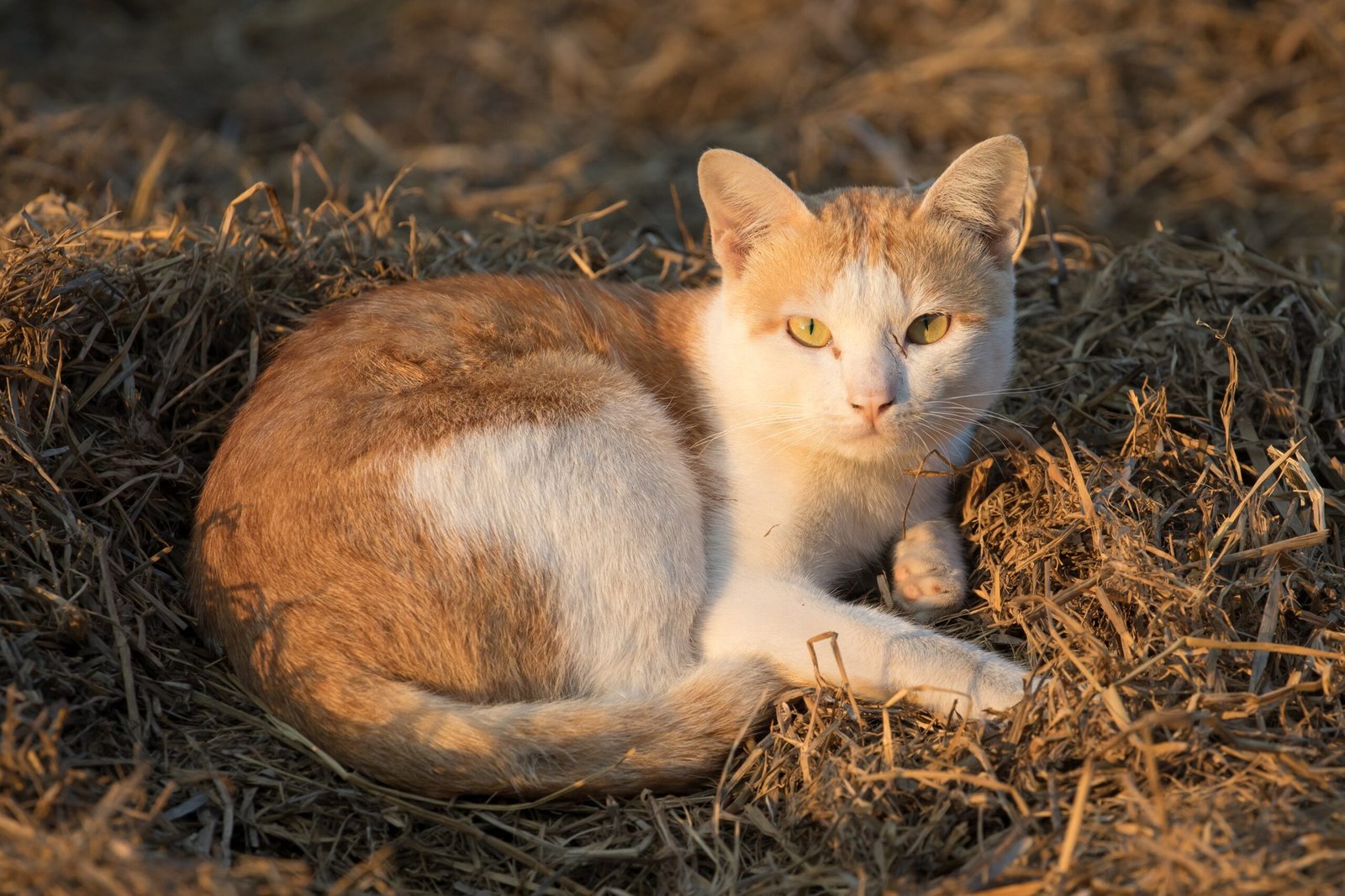
The sound and vibration of a cat’s purr have been shown to produce real physiological effects on humans. Frequencies between 25 and 50 Hertz, which are typical for a cat’s purr, can promote healing and reduce stress. Some researchers even suggest that these frequencies might help lower blood pressure and release endorphins, those feel-good chemicals in our brains. So, when your cat purrs while you cry, it’s not just a coincidence—it’s a built-in, nature-made comfort tool. Think of it as a furry little massage for your nerves, soothing your sadness with every gentle hum.
Purring as a Form of Cat Empathy

Empathy might seem like a purely human trait, but cats often display behaviors that suggest they understand when we’re upset. When your cat sits close, purrs, or touches you with their paw while you’re crying, it could be their way of offering emotional support. Animal behaviorists believe that cats may mirror the emotions and energy of their favorite humans. In this sense, purring becomes a form of feline empathy—a gentle way for your cat to say, “I’m here for you.” This empathetic purring can be especially strong in cats who have formed deep bonds with their owners.
Cats as Natural Comforters
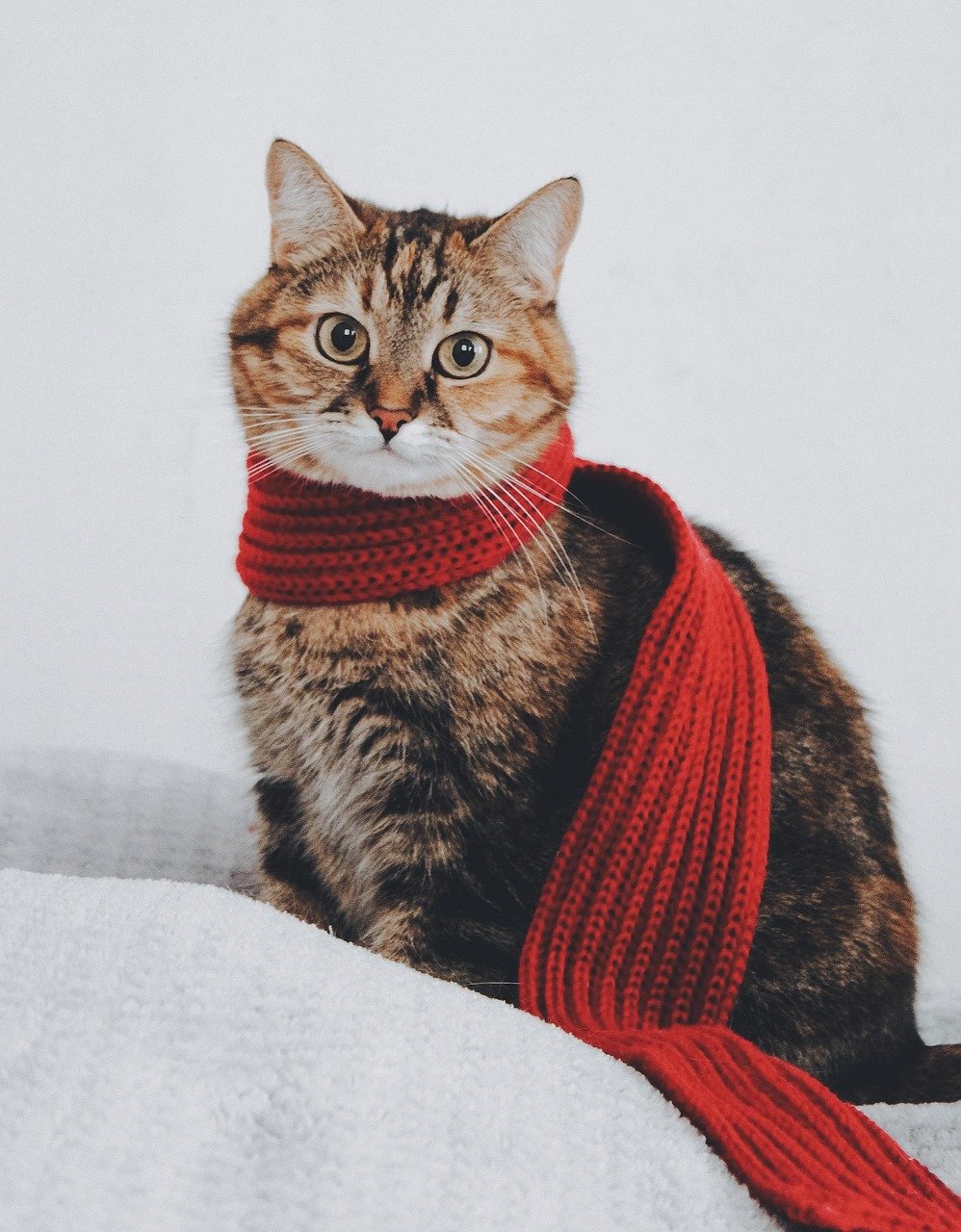
There’s a reason so many therapy animals are cats. Their presence has a calming effect, often helping people manage anxiety, depression, and even physical pain. When you’re upset, your cat’s instinct may be to provide comfort simply by being close and purring. This isn’t just wishful thinking; it’s been observed in countless homes and supported by emerging research. Cats seem to have an innate ability to sense when their humans need them most, becoming living, breathing comfort blankets in our moments of need.
Do All Cats React the Same Way?
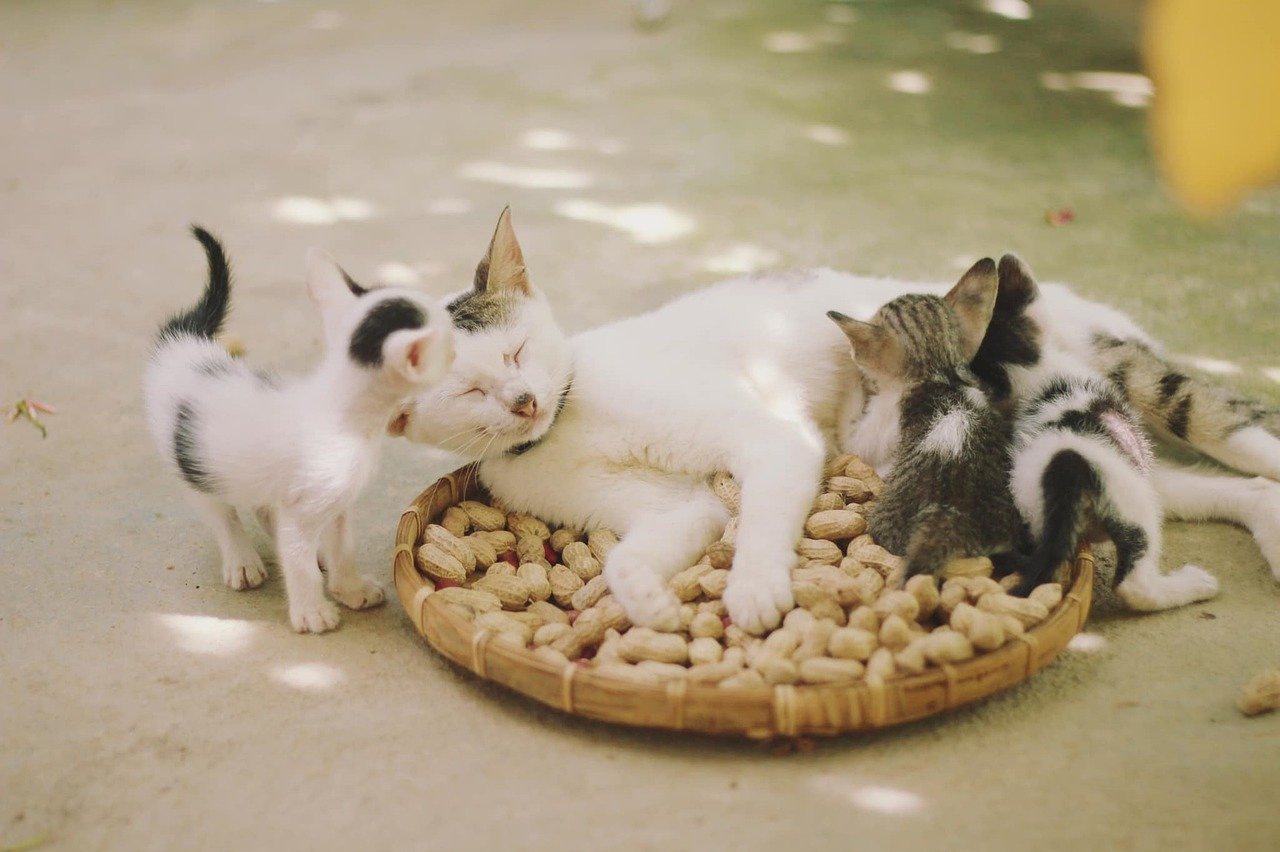
Not every cat will purr when you cry, and that’s perfectly normal. Cats, like people, have their own unique personalities and ways of showing affection. Some may quietly snuggle up beside you, while others might meow, knead, or simply hover close. Factors like breed, upbringing, and individual temperament all play a role in how a cat responds to human emotions. For example, some cats are naturally more affectionate and outgoing, while others are shy or independent. The important thing is that your cat is responding in their own way, even if it’s subtler than a full-on purring session.
The Role of Scent in Cat Comforting Behavior

Cats experience the world primarily through their sense of smell. When you cry, you may release different pheromones or scents associated with stress and sadness. Your cat can detect these changes and may be drawn to you as a result. Some experts believe that cats associate these scents with the need to provide comfort or simply to investigate what’s different. This heightened sense of smell helps cats react appropriately to your emotional state, making their comforting actions even more impressive.
Purring as a Self-Soothing Mechanism

It’s not just about comforting you—sometimes, purring helps your cat cope with their own feelings. If your cat senses stress or sadness in the environment, they might start to feel anxious themselves. Purring can act as a self-soothing behavior, helping your cat calm down while simultaneously offering you comfort. It’s a beautiful example of how pets and owners can help each other through tough moments, creating a cycle of mutual support and healing.
The Healing Benefits of Cat Purrs

The idea that a cat’s purr could actually heal you sounds like something out of a fairy tale, but there’s real science to back it up. The vibrations produced by purring have been linked to faster healing of bones and tissues, both in cats and, potentially, in humans. Hospitals and therapists are increasingly looking at ways to harness the power of purring in animal-assisted therapy. When your cat purrs as you cry, it’s possible that these healing frequencies are doing more than just lifting your spirits—they may be helping your body heal, too.
How Cats Learn to Comfort Their Owners

Cats are excellent observers. Over time, they learn to associate certain behaviors—like crying or sniffling—with the need for comfort. Many cats will experiment with different ways of responding, such as purring, nuzzling, or simply sitting quietly nearby. If their actions result in positive feedback (like being petted, talked to, or snuggled), they’re more likely to repeat that behavior in the future. This learning process is part of what makes the bond between cat and owner so unique and personal.
The Influence of Early Socialization
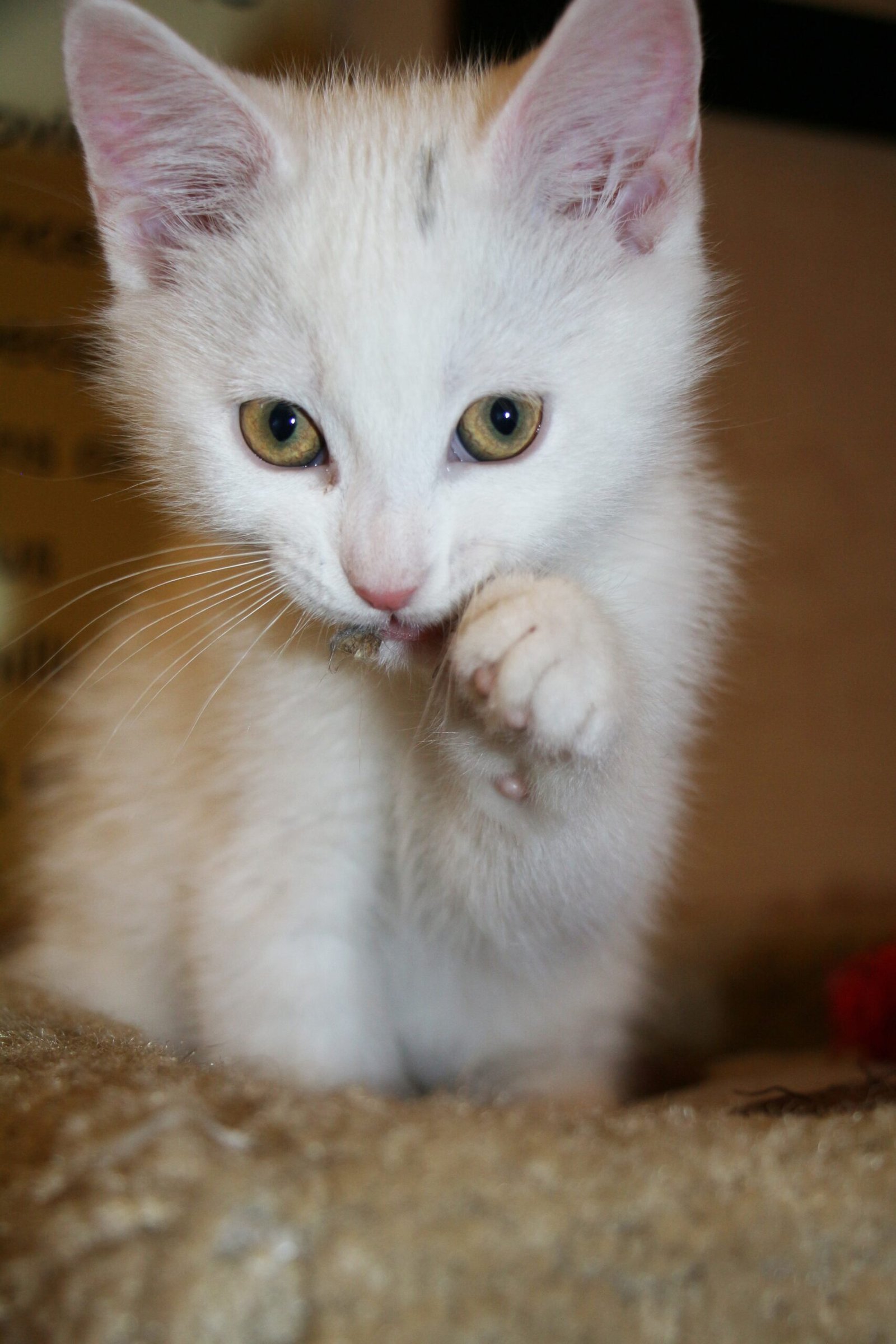
A cat’s early experiences play a big role in how they relate to humans later in life. Kittens who are handled gently and exposed to a variety of people and situations tend to be more comfortable with human emotions. These cats are often more likely to respond to their owner’s distress with purring and physical closeness. Conversely, cats that were not socialized as kittens may be more aloof or uncertain around emotional displays, though they can still develop comforting behaviors over time.
Why Some Cats Purr Louder When You’re Sad
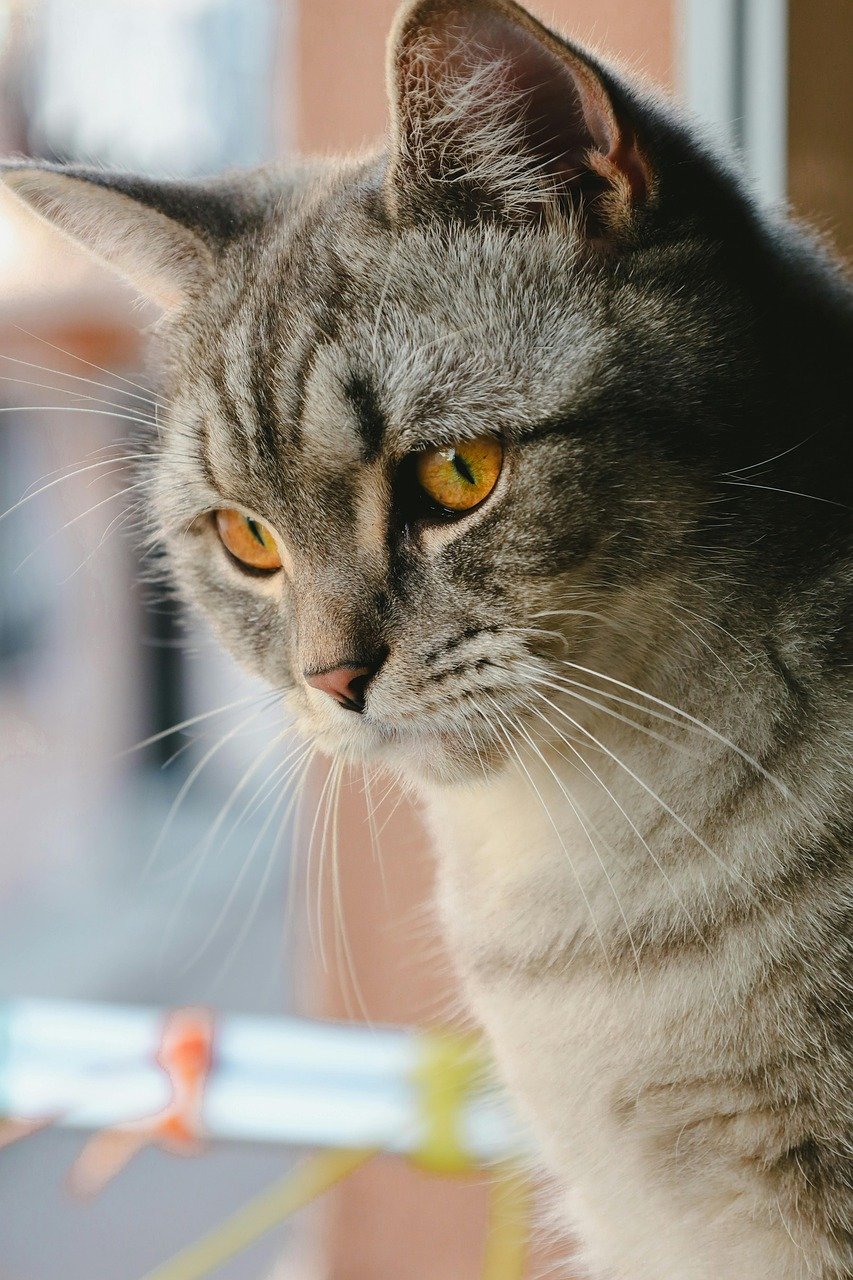
Have you ever noticed your cat’s purr seems to get louder when you’re upset? This isn’t your imagination. Some cats will ramp up the volume of their purrs in response to heightened emotional states in their owners. This may be an instinctive attempt to get your attention or to offer more comfort. A louder purr can also be more physically soothing, as the vibrations are stronger and easier to feel. It’s almost as if your cat is turning up the volume on their own little healing engine just for you.
The Role of Body Language in Cat Comfort
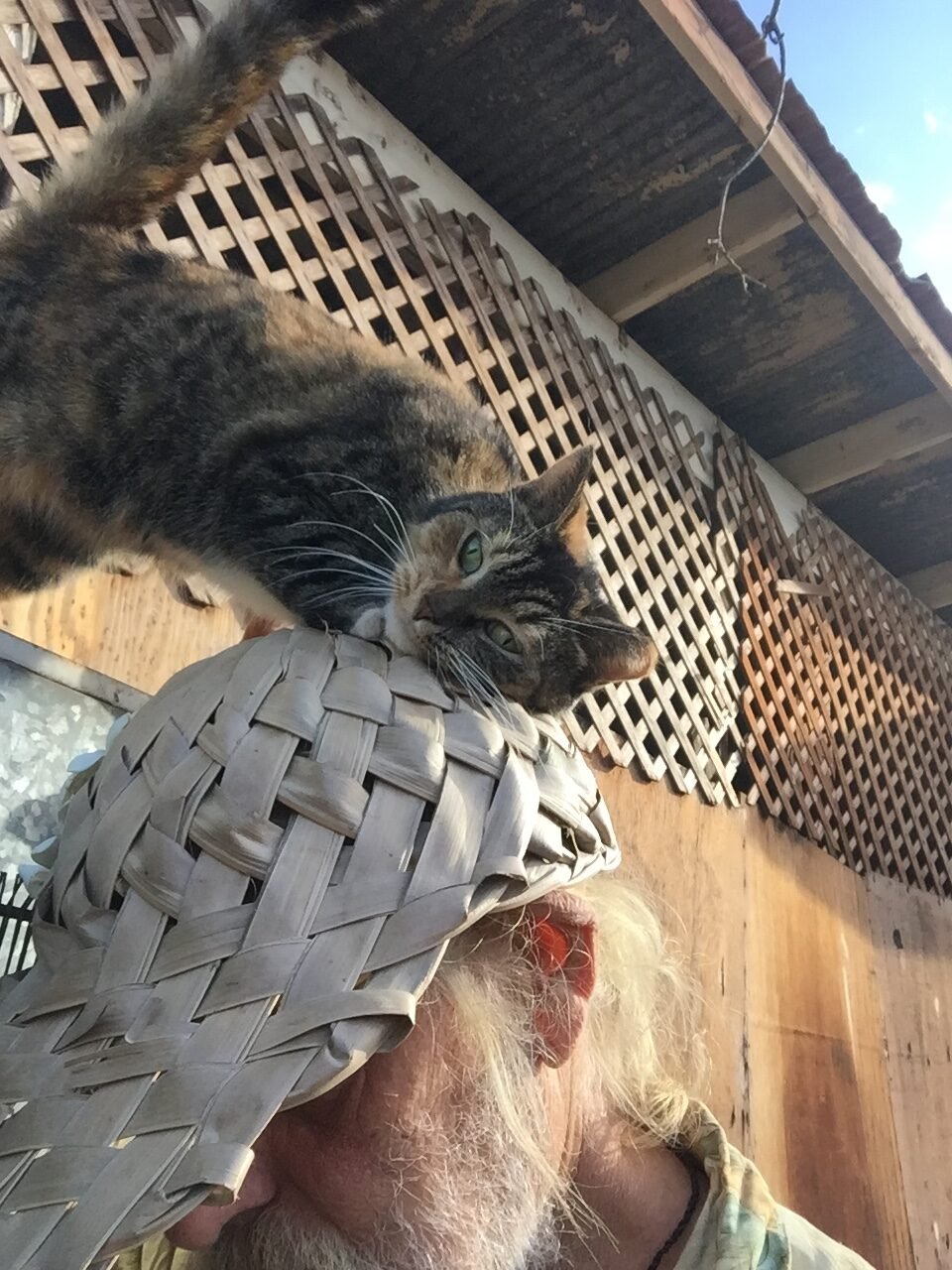
Purring is just one part of how cats communicate their support. Pay attention to your cat’s body language when you’re upset. They may press their head against you, curl up on your lap, or gently paw at your hand. These actions, combined with purring, create a full sensory experience of comfort. Your cat’s body language can tell you a lot about how they’re feeling and what they’re trying to convey. Sometimes, the smallest gestures mean the most.
Do Cats Remember When You’ve Been Sad?

Cats have remarkable memories, especially when it comes to emotional events. If you’ve cried before and your cat comforted you, they may remember this and repeat the behavior in the future. Over time, your cat can learn to associate certain cues—like the sound of crying or a particular posture—with the need for comfort. This memory-based learning helps strengthen the bond between you and your cat, making each emotional moment a little easier to bear.
The Impact of Your Voice and Crying Sounds

Cats are highly sensitive to sound. When you cry, your voice changes pitch and tone, often becoming more high-pitched or trembling. These changes can catch your cat’s attention and prompt them to investigate or offer comfort. Some researchers believe that certain tones of voice may mimic the sounds kittens make, triggering a nurturing response in adult cats. So, your cat’s reaction to your tears could be rooted in their instinct to care for vulnerable members of their “family.”
How Cats Choose Whom to Comfort
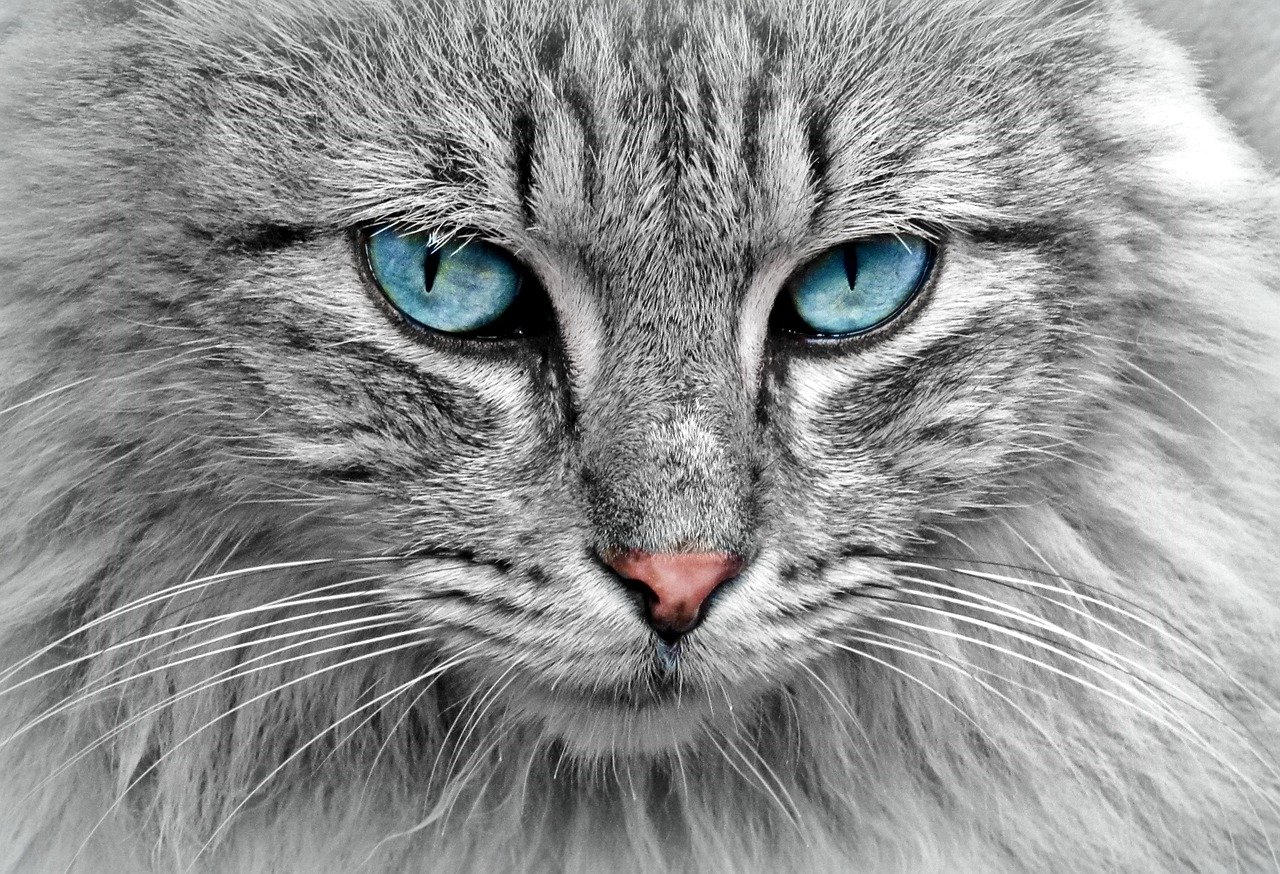
If you live in a multi-person household, you might notice your cat gravitates toward certain people when they’re upset. Cats often form stronger bonds with one or two individuals and may focus their comforting behaviors on those people. This selective empathy is based on familiarity, past experiences, and the strength of the emotional connection. It’s not that your cat doesn’t care about everyone else—they just have their favorites, and you might be one of them.
The Role of Routine and Consistency

Cats are creatures of habit, and routine plays a big part in how they interact with their humans. If comforting you has become part of your cat’s routine—say, they always sit with you on the couch during stressful evenings—they’re likely to continue doing so. Consistency helps cats feel safe and secure, and it also reinforces comforting behaviors. Your cat’s predictable presence during sad moments is a testament to the power of routine in building trust and emotional support.
Cats and Human-Animal Bonding Hormones

When you interact with your cat, especially during moments of sadness, both you and your pet release bonding hormones like oxytocin. These chemicals help strengthen the emotional connection between you and your furry friend. The act of purring, cuddling, or even just being present can trigger a rush of these feel-good hormones, making both you and your cat feel more connected and secure. It’s a two-way street—your comfort makes your cat happy, and their comfort makes you feel loved.
Stories from Cat Owners: Real-Life Comfort
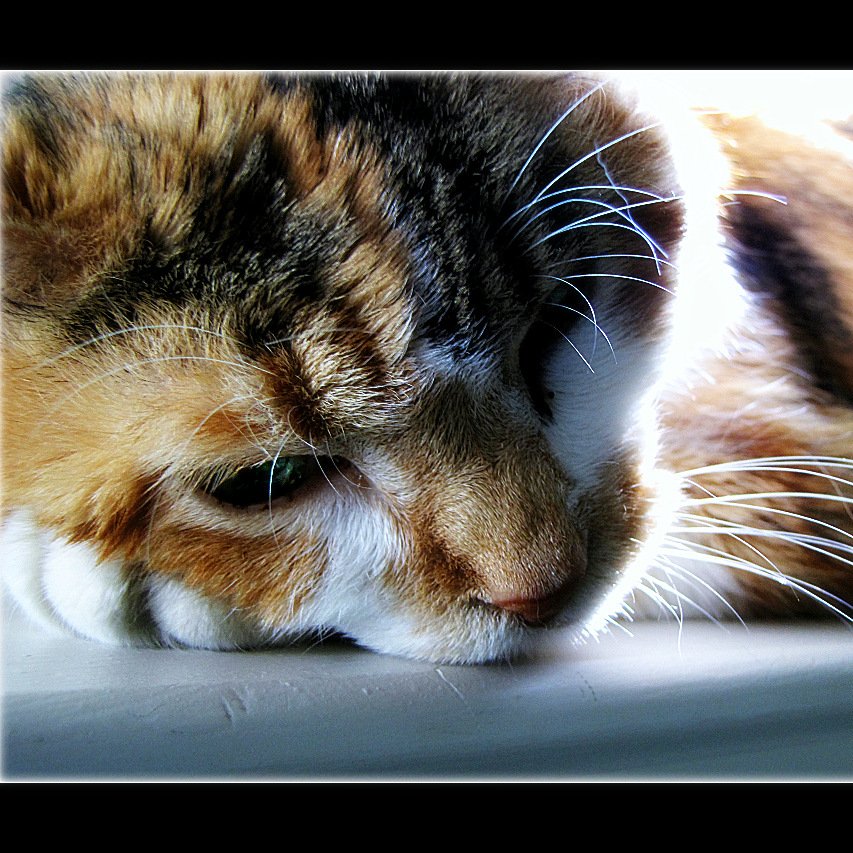
Ask any cat owner, and you’ll hear countless stories of cats coming to the rescue during difficult times. From sitting silently on a tear-stained bedspread to nudging a hand for gentle pets, cats have an uncanny ability to know when they’re needed most. These personal anecdotes highlight the deep, almost magical bond that exists between cats and their humans. Sometimes, the comfort offered by a purring cat is more powerful than any words could ever be.
What Science Still Doesn’t Know About Cat Purring

Despite all we’ve learned about cat purring, there’s still a lot that remains a mystery. Scientists continue to study the exact mechanisms and reasons behind this unique behavior. New research is exploring how purring affects both cats and humans on a cellular level, and whether it truly has healing properties. For now, much of what we know comes from observation, personal experience, and emerging scientific studies. The mystery only adds to the wonder of sharing your life with a purring cat.
That’s the rhythmic, heartfelt science behind why cats purr when you cry.
Hi, I’m Bola, a passionate writer and creative strategist with a knack for crafting compelling content that educates, inspires, and connects. Over the years, I’ve honed my skills across various writing fields, including content creation, copywriting, online course development, and video scriptwriting.
When I’m not at my desk, you’ll find me exploring new ideas, reading books, or brainstorming creative ways to solve challenges. I believe that words have the power to transform, and I’m here to help you leverage that power for success.
Thanks for stopping by, Keep coming to this website to checkout new articles form me. You’d always love it!


